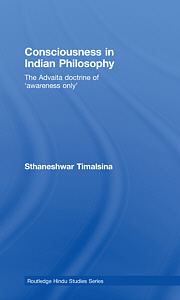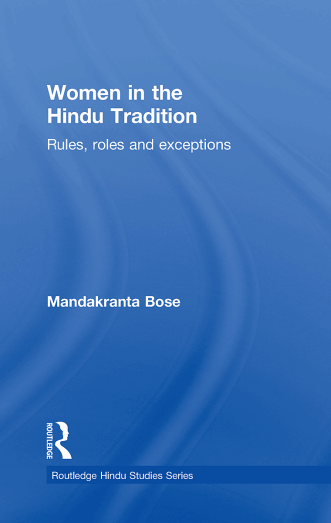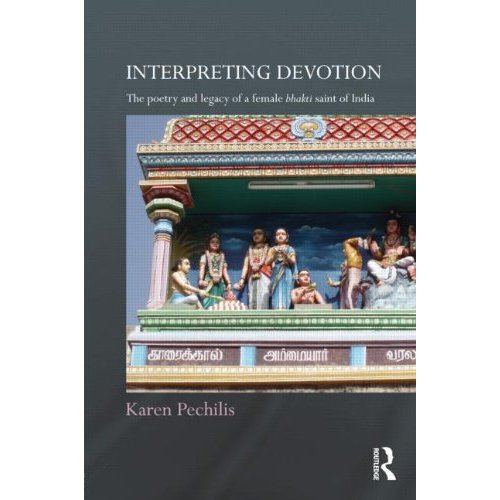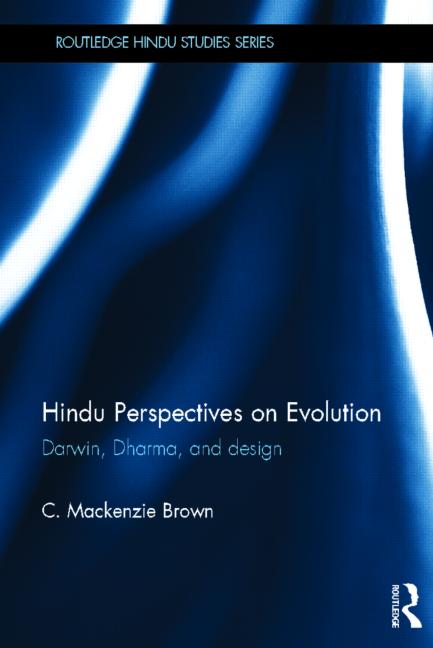This book focuses on the analysis of pure consciousness as found in Advaita Vedanta, one of the main schools of Indian philosophy. According to this tradition, reality is identified as Brahman, the world is considered illusory, and the individual self is identified with the absolute reality. Advaitins have various approaches to defend this argument, the central one being the doctrine of 'awareness only' (cinmatra). Following this stream of argument, what consciousness grasps immediately is consciousness itself, and the notions of subject and object arise due to ignorance. This doctrine categorically rejects the plurality of individual selves and the reality of objects of perception.
Hindu Studies Book Series - Routledge


Desireless action is typically cited as a criterion of the liberated person in classical Indian texts. Contemporary authors argue with near unanimity that since all action is motivated by desire, desireless action is a contradiction. They conclude that desireless action is action performed without certain desires; other desires are permissible.

This book accounts for the origin and evolution of the nature and roles of women within the Hindu belief system. It explains how the idea of the goddess has been derived from Hindu philosophical ideas and texts of codes of conduct and how particular models of conduct for mortal women have been created. Hindu religious culture correlates philosophical speculation and social imperatives to situate femininity on a continuum from divine to mortal existence. This creates in the Hindu consciousness multiple - often contradictory - images of women, both as wielders and subjects of authority. The conception and evolution of the major Hindu goddesses, placed against the judgments passed by texts of Hindu sacred law on women’s nature and duties, illuminate the Hindu discourse on gender, the complexity of which is compounded by the distinctive spirituality of female ascetic poets. Drawing on a wide range of Sanskrit texts, the author explains how the idea of the goddess has been derived from Hindu philosophical ideas and also from the social roles of women as reflected in, and prescribed by, texts of codes of conduct. She examines the idea of female divinity which gave rise to models of conduct for mortal women. Instead of a one-way order of ideological derivation, the author argues that there is constant traffic between both ways the notional and the actual feminine. This book brings together for the first time a wide range of material and offers fresh stimulating interpretations of women in the Hindu Tradition.

This book explores devotional religion through three interpretive gestures: The devotional subjectivity inscribed in the classical poetry of the female saint Karaikkal Ammaiyar; the domestication of her persona in an authoritative medieval hagiography; and present-day tellings of her story in ritual dramatizations. Poetry, story, and festival provide distinctive yet overlapping interpretations of the saint, revealing the selections and priorities of interpreters in the making of a living tradition.

This book provides new insights into the contemporary creationist-evolution debates by looking at the Hindu cultural-religious traditions of India, the Hindu Dharma traditions. Focusing on the interaction of religion and science in a Hindu context, this book offers a global context for understanding contemporary creationist-evolution conflicts and tensions utilizing a critical analysis of Hindu perspectives on these issues. The critical analysis raises broad questions regarding the frequently alleged harmony of the Hindu Dharma traditions with modern science, and with Darwinian evolution in particular.
This book explores the connections between bhakti and embodiment and is concerned more specifically with constructions of divine bodies and devotional bodies in Krishna bhakti traditions. Grounding general reflections on bhakti and embodiment in an analysis of two case studies: the Bhagavata Purana, one of the most important scriptures in the Vaisnava bhakti canon, and the Gaudiya Vaisnava tradition, an important bhakti movement inspired by the Bengali leader Caitanya in the sixteenth century that invokes the canonical authority of the Bhagavata Purana as the basis for its own distinctive teachings.
This book will is the first comprehensive study on sacred space and pilgrimage in the Hindu tradition, providing a detailed presentation of this phenomenon. In no other religion is sacred space and pilgrimage of such importance. Focusing on historical, sociological and environmental questions about the phenomenon of sacred space and pilgrimage in Hinduism, the author analyzes how power of place and pilgrimage became a central feature of Hinduism. He examines the meaning of the phenomenon in history and in contemporary India. Arguing that salvific power of place became a major dimension of Hinduism through a development in several stages, the book thus analyzes the historical process of how sacred space and pilgrimage in the Hindu tradition developed. Drawing on main sources such as inscriptions, Mahabharata, the Puranas, the medieval digests on sacred places (tirthas), a number of contemporary Sthalapuranas and Mahatmyas praising the sacred places as well as secondary sources, the book is also enriched by original data from the author’s fieldwork. Case studies of some of the main Hindu pilgrimage places, their characteristics and their place in the pilgrimage system provide additional information.
This book is a study of the Vedanta of Ramanuja, in particular his concept of Brahman and of Brahman’s relationship with the world. It is also a critique of modern Western and Indian interpretation of Ramanuja’s work. Placing emphasis on Ramanuja’s account of Western theistic thought, it argues for a major rethinking of what kind of account is offered and for a reversal of the tendencies of earlier interpretations.
